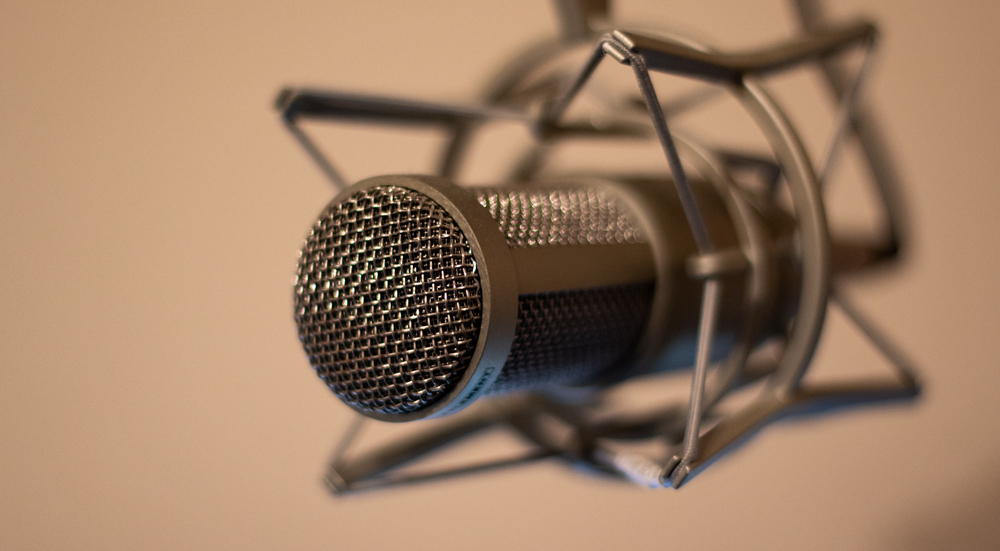Breaking down the key benefits
So you already have your own channel and have grown an audience, how do you take your channel to the next level? Once you get your channel running it’s only natural to try and improve on what you already have, better audio, video and selection of games are among the key benefits that you’ll get from a dual PC set-up.
The main bonus of offloading your encoding to a second PC is that you’ll free up system resources on your primary system. This means that you can push your gaming rig to its limit without having to worry about affecting the quality of the encode on your stream. Your encoding PC then takes care of running all your stream related software, whether it be OBS, XSplit, Streamlabs OBS or (the now unsupported) Gameshow (which in reality is a stripped down version of Wirecast).
Encoding PC hardware
One of the myths of the two PC set-up is that you need a beefy PC to do your encoding for you. While this was true once upon a time, it is no longer the case, you can have a very capable encoding PC without spending an extortionate amount of money. In some cases you may have almost everything you need already from an old gaming PC. As long as your second machine can run your stream software it will be able to do your encoding for you with the addition of a low-med end nVidia graphics card. Personally I use a 750Ti in my encoding PC, though a current model card would also work, like a 1050Ti. Using the graphics card to perform encoding will get you better results than spending a fortune on the latest CPU. Video cards are built for encoding and they can do it very well.
Solving the capture problem
The main obstacle to doing this, besides needing a second PC, is getting the audio and video into your encoding PC and doing so in a way that doesn’t degrade your existing production quality. There are 2 main ways to solve this issue, the software solution, or the hardware solution. As the software method involves transferring video data over your network and means you need to run additional software to do that on your primary PC we’ll be mainly looking at the hardware solution. Using hardware is the more expensive route, but ends up being a much cleaner solution overall.
There are several video capture cards available that will solve the problem of getting video into the encoding PC. They are available as both internal cards and external USB devices. USB inherently has a very slight delay, so I would recommend avoiding the USB interface for either audio or video, even the slightest desync can quickly becoming annoying for your viewers. USB capture may be suitable if you will be using the same device to also capture audio, but then you miss out on some of the other audio improvements you can make. My card of choice right now is the Elgato HD60 Pro, but you could also go with AVerMedia or Magewell.
Capturing audio is perhaps a bigger beast than it may first appear. While you can certainly send audio over HDMI into your capture card, you also have other audio feeds that would benefit from having a dedicated mixer. You may already have one of these if you have an XLR microphone. There are a bewildering array of different mixers available, each with wildly different capabilities, so which is the best choice?

Dealing with audio
Before choosing a mixer you should figure out how many channels you are likely to need to use. Personally I use the following, you may not need all of these, or may not feel the need to separate them:
- 1 channel for your main mic.
- 1 channel for VOIP (Skype/TS/Discord etc).
- 2 channels for your primary PC.
- 2 channels for music.
- 2 channels for your encoding PC.
- 2 channels for gaming console audio.
As you can see, this is a total of 10 channels which is a great place to start. You may also decide that you want to split up VOIP applications into their own separate channels, or add additional mics to the setup. In general I would recommend at least a 12 channel mixer, even if you don’t plan to use them all initially having 12 allows for your system to grow.
The other thing you should keep an eye out for is how many output channels your chosen mixer has. Clearly you will have your Main out L and R along with a headphones output, but what else might you need? Having 2 sub channels will let you connect up desktop speakers and allow you to individually control what gets sent to them, for those times when you aren’t streaming or don’t want the burden of headphones. You will also more than likely want at least 1 AUX send, so that you can separately send channels into your VOIP software without having to send the entire main mix.
Good mixer options are Behringers X1222USB, X1622USB on the analogue side and the XR12, XR16 or XR18 on the digital side. Analogue will give you the benefit of hardware sliders and physical mute buttons, whereas the digital ones allow for far finer control over the built in noise gates, compressors etc. but with a software/tablet interface.
Depending on your requirements you may find that investing in one or more dedicated sound cards like the Xonar Essence will make sense. These will offer a much clearer sound than the audio from your motherboard in most cases. It also allows for a few more inputs and outputs which will allow you to split out the audio from your software more granularly. Sending your main game audio out of a sound card would then allow you to use onboard audio to send VOIP audio. You can often separate front and rear ports which would then let you use different channels for different VOIP software.
Putting it all together
You might think that you are done with the hardware, but you’d be mistaken! If you want to capture your gaming console(s) along with your PC you may find that adding a 4×2 HDMI matrix into your set-up is worth it for the convenience it brings. What this piece of kit does is it lets you switch 4 separate HDMI inputs into 2 different outputs, while offering an audio output. This will allow you to put your PC, PS4, X-box and Switch as your inputs while sending one output to your capture card/HDMI splitter and the other to your TV.
Approaching it this way means that at a press of a button you can send any of those inputs to any of the outputs. Sending your PC to the TV now becomes trivial, as is streaming a console. You may need to add in an HDMI splitter if your capture card doesn’t offer a HDMI pass through so that your ‘PC’ output goes to both your main monitor and your capture card.
One thing you may need to watch out for is ground loop interference in your audio mix. This is caused by having different devices plugged into different mains sockets and can be mitigated by using a ground loop isolator wherever you get issues.
